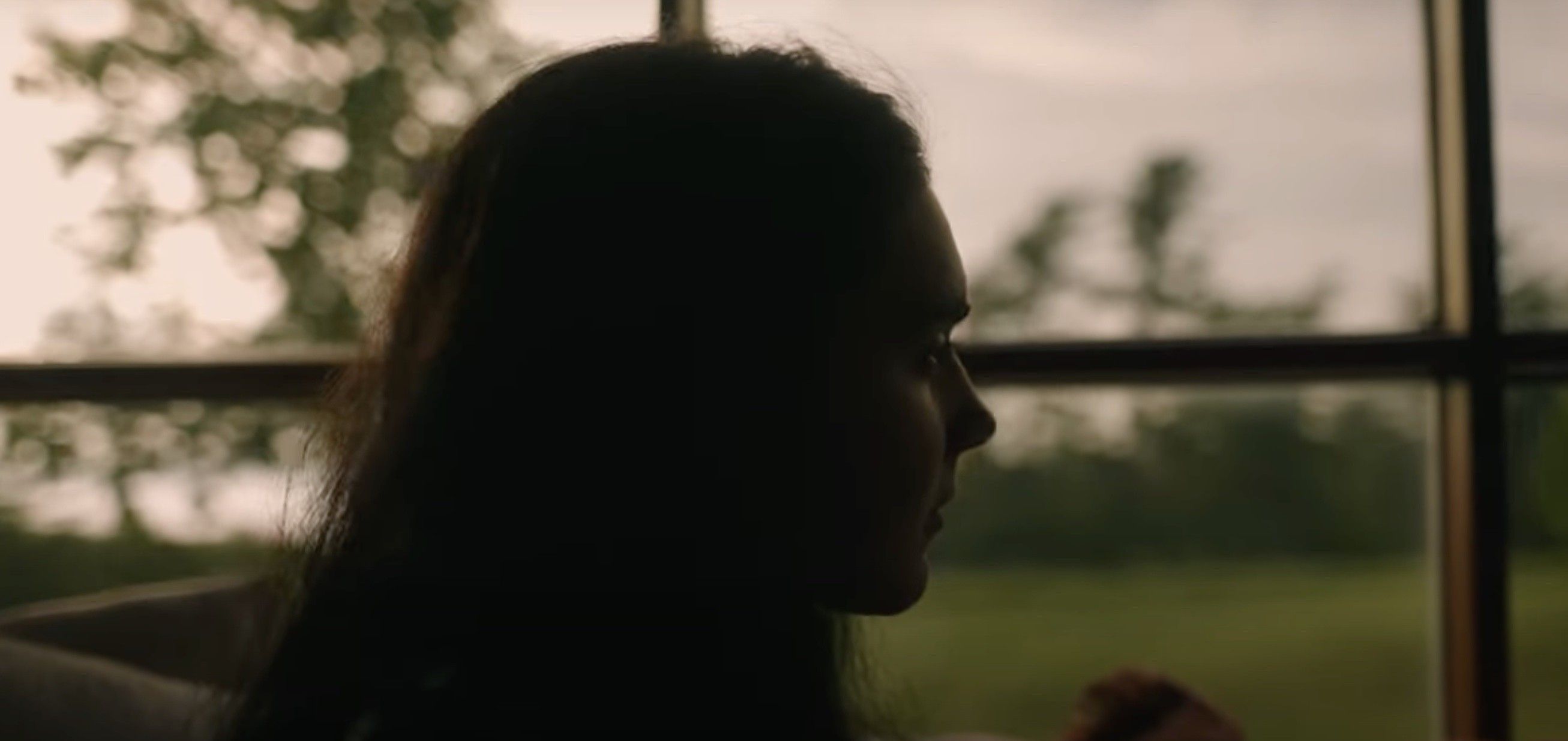
Light up your interior shots with that beautiful—and free—natural light.
A common rule in lighting is to use three lights—a key light to illuminate your subject, a fill light to control your contrast, and a backlight to provide depth to the shot. This three-point lighting setup is critical to filmmaking, yet creatives can use fewer lights to cover a whole scene with one of the best light sources available for low-budget filmmaking. The sun.
Although it can be difficult to control, natural light provides filmmakers with an excellent source of light that is flattering on any subject. Natural light is also free, and it doesn’t cost much to manipulate it.
While you might think you can only use sunlight for exterior shots, you can bring that light source inside as long as you have a window. The technique changes slightly when you make the sunlight your main source of interior lighting, shifting your focus to the shadows that fall onto your subject. Luckily, Zach Ramelan has a few easy tips that you can add to your cinematography tool belt.
Silhouettes
Capturing a beautiful image in camera is easy with a killer silhouette shot. Placing your subject by a window and lowering your ISO to a low setting or lowering your f-stop will create a nice contrast between the subject and the background.
Film at the right time of day
It’s always important to know how sunlight behaves at different times of the day. Filming at golden hour is always ideal, but knowing when the sunlight is going to filter through the window at just the right angle will help with the subject’s exposure in camera, adding depth to the shot.
Subject placement
Where your subject is placed in the frame will determine how the shadows will obscure or reveal certain aspects of them. By rotating your subject on an angle, the natural light will illuminate one side of their body while obscuring the other half in shadows. The contrast is eye-catching and can add another layer to your visual storytelling.
Use a reflector or diffuser
I am a big fan of diffusing natural light for interior shots for several reasons. Not only does a diffuser help soften the light and the shadows in a wide space, but it also creates this otherworldly softness on any subject.
Shape the direct sunlight
Sometimes direct sunlight can create interesting visuals if manipulated in the right way. You can use curtains to create a sliver of light that highlights the subject’s face while obscuring the background in dark shadow, or you can experiment with shapes as Bo Burnham did for his music video, “Problematic.”
Sunlight is always a great, free source of lighting that makes any subject look beautiful, so finding ways to manipulate it for interior shots is always a great skill to have in your cinematography kit. These tips from Zach Ramelan remind us that shadows are just as important to notice when lighting a scene, and will help you establish a cinematic interior shot within seconds.
Your Comment